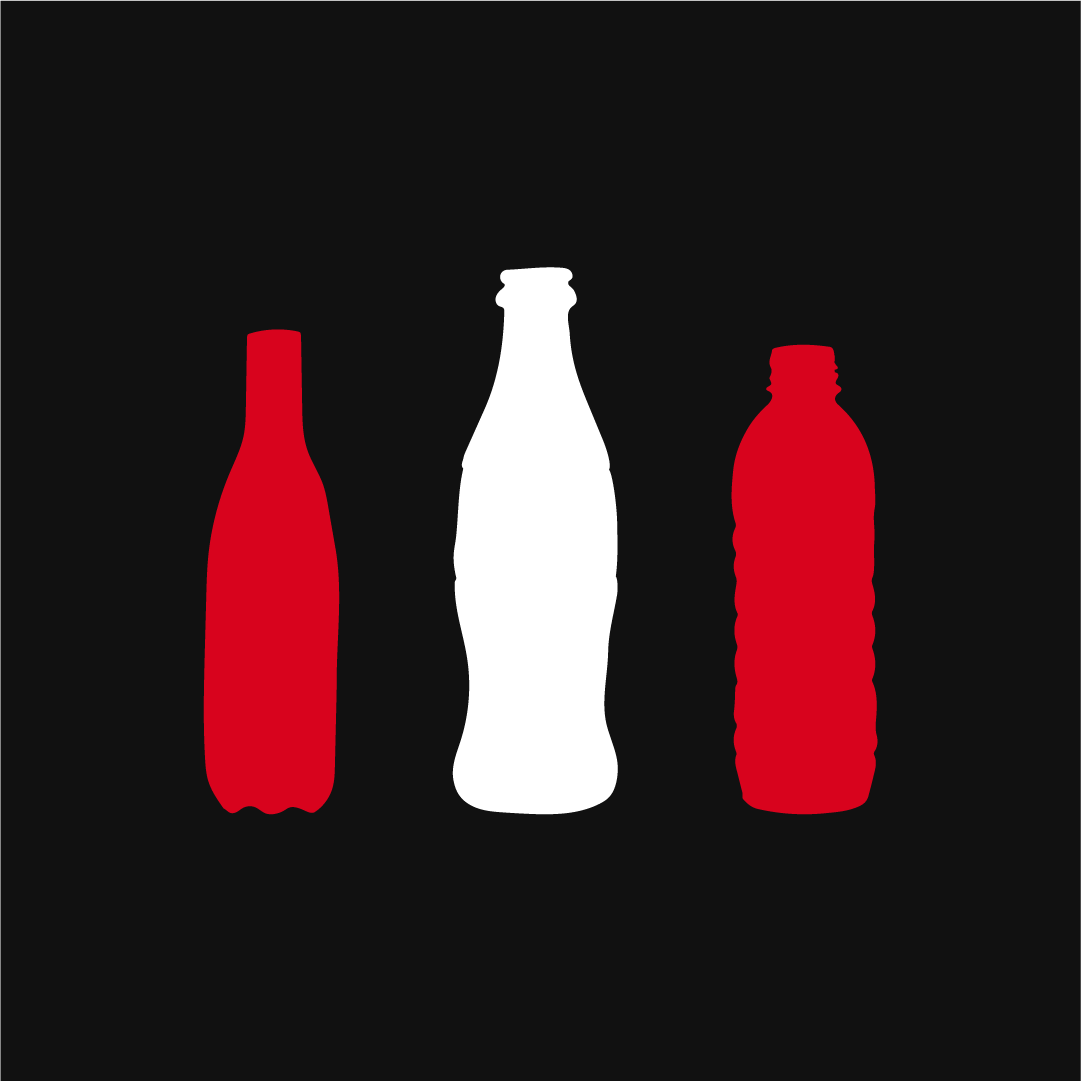Let’s get to know each other
Accelerate your business potential with our dedicated team.
Content

In today's competitive market, product branding has become a crucial aspect of business strategy. It's more than just a logo or a catchy slogan; it's about creating a distinct identity for your product that resonates with your target audience. This blog will explore the intricacies of product branding, provide great branding examples, and explain why it is essential for your business.
 What is Product Branding?
What is Product Branding?
Product branding is the process of creating a unique identity for a product through various branding elements such as name, design, logo, and messaging. It involves differentiating a product from others in the market and building a perception that aligns with the company's values and target audience.
In simple terms, product branding is the strategy of giving a product its own distinct identity. This involves various elements like product branding design, packaging, and advertising, all aimed at creating a unique image and emotional connection with consumers.
Key Components of Product Branding
- Name: The product's name should be memorable and reflect its essence.
- Logo: A unique and easily recognizable logo.
- Design: The visual aspects, including colour schemes, fonts, and packaging.
- Messaging: The tone and voice used in marketing materials.
- Experience: The overall customer experience associated with the product.
Product Branding vs. Brand Marketing
While product marketing focuses on promoting the product's features and benefits, brand marketing aims to build a broader connection with the audience by conveying the company's overall mission and values. Product branding creates an emotional connection, fostering loyalty and trust among consumers.
Examples of Strong Product Branding
Examining great branding examples can provide valuable insights into effective product strategy. Here are a few notable product brand examples that stand out:
-
Apple iPhone
Apple’s iPhone is a classic product branding example. The sleek design, innovative features, and consistent messaging across all channels make it a standout in the market. Apple’s focus on simplicity and quality has built a loyal customer base.
-
Nike Air Jordan
The Air Jordan brand by Nike is another excellent product branding example. By leveraging the legacy of Michael Jordan, Nike created a product line that symbolizes excellence and performance. The iconic “Jumpman” logo and distinct design elements make it instantly recognizable.
-
Coca-Cola
Coca-Cola’s branding strategy has made it one of the most recognized brands worldwide. Its consistent use of red and white colours, along with memorable taglines like “Taste the Feeling,” creates a strong emotional connection with consumers.
Corporate Branding vs. Product Branding
Understanding the difference between corporate branding and product branding is essential for crafting a cohesive strategy.
Corporate Branding
- Corporate branding focuses on the overall perception of the company. It involves creating a unified image that reflects the company's mission, values, and culture.
- Examples of corporate branding include Google, which uses its name, logo, and colour scheme across all its products and services.
Product Branding
- Product branding, on the other hand, focuses on individual products. Each product under a company’s umbrella can have its own identity, which may differ from the corporate brand.
- For example, Procter & Gamble owns various brands like Tide and Pampers, each with its own distinct branding.
While corporate branding builds the company’s reputation, product branding creates unique identities for each product.
Ready to elevate your product branding?
The Importance of Product Branding

The branding of a product is not just about aesthetics; it plays a crucial role in the product's success. Here are some reasons why product branding is important:
-
Differentiation
In a crowded market, product branding helps your product stand out. A unique identity and strong visual appeal can attract customers and differentiate your product from competitors.
-
Customer Loyalty
A well-branded product fosters trust and loyalty among consumers. When customers have a positive experience with a branded product, they are more likely to become repeat buyers.
-
Perceived Value
Effective product branding can enhance the perceived value of a product. Customers are often willing to pay a premium for products that they associate with high quality and reliability.
Multi Product Branding
Multi product branding involves using a single brand name for multiple products. This strategy can streamline marketing efforts and build a strong, unified brand image.
Examples of Multi Product Branding
- Virgin Group: The Virgin brand name is used across various industries, including airlines, music, and mobile services.
- Samsung: Samsung uses its brand name for a wide range of products, from smartphones to home appliances.
Benefits of Multi Product Branding
Multi-product branding can maximize marketing efficiency and brand recognition.
- Cost Efficiency: Marketing multiple products under one brand can reduce advertising costs.
- Brand Recognition: Consumers familiar with the brand are more likely to try new products under the same name.
- Trust: Established trust in the brand can be leveraged to promote new products.
Create a Product Branding Strategy
Developing a product branding strategy requires careful planning and execution. A well-crafted product branding strategy can turn your product into a market leader. Here are key steps to consider:
-
Define Your Brand
Identify what your product stands for and how it aligns with your company’s values. Define the unique selling propositions (USPs) that set your product apart.
-
Know Your Audience
Understanding your target audience is crucial. Conduct market research to identify their preferences, needs, and pain points.
-
Design Elements
Create a cohesive design that includes your logo, colour scheme, and packaging. Ensure that these elements reflect your brand’s identity and appeal to your target audience.
-
Consistent Messaging
Develop a consistent tone and voice for all your marketing materials. Your messaging should convey your brand’s story and values effectively.
-
Engage with Customers
Build a relationship with your customers through social media, email marketing, and other channels. Encourage feedback and adapt your strategy based on customer insights.
-
Monitor and Adjust
Continuously monitor your branding efforts and make adjustments as needed. Use analytics to measure the effectiveness of your strategy and identify areas for improvement.
Frequently Asked Questions
-
What is a product branding?
Product branding is the process of creating a unique identity for a product through elements like design, name, logo, and messaging.
- What are the 4 steps of product branding?
- What is a branded product example?
- How do people brand their products?
Let’s get to know each other
Accelerate your business potential with our dedicated team.




